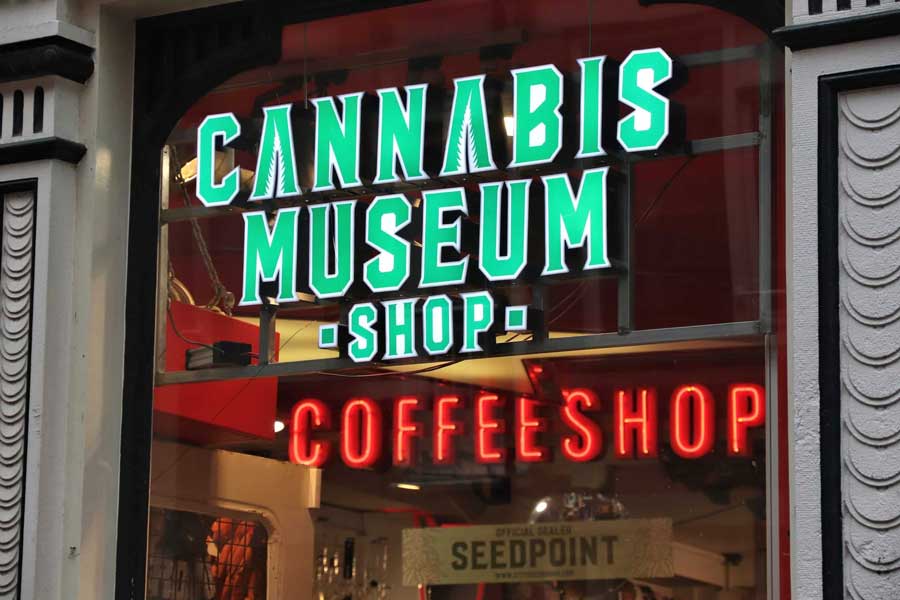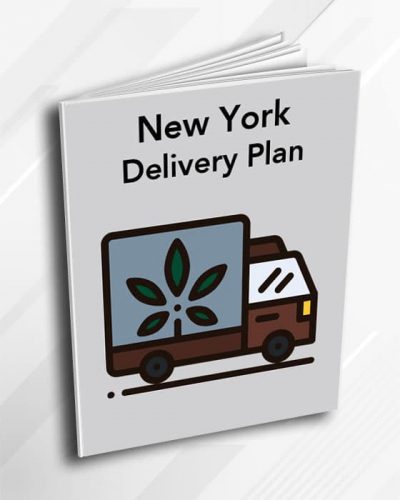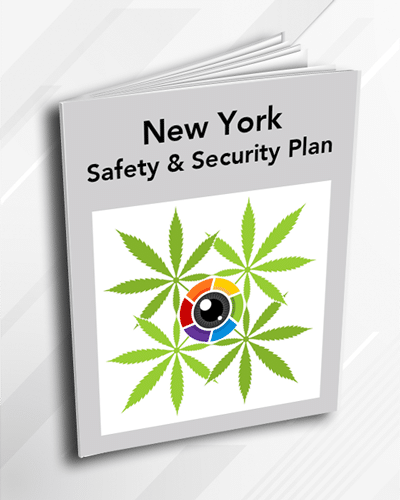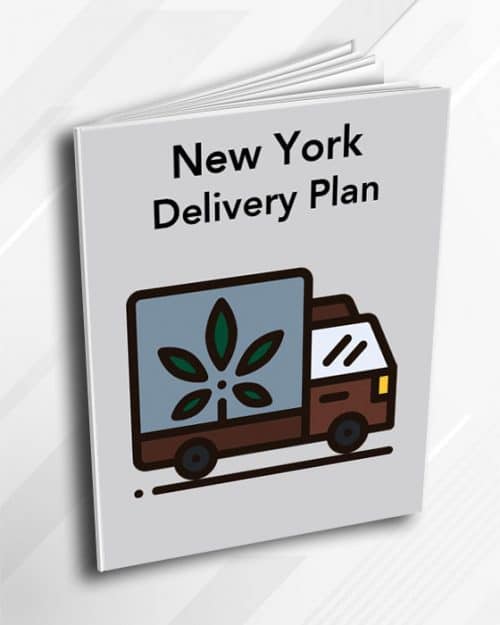Product Information & Customer Reviews
Description
Full Table of Contents (Depending on your license type, this will change)
Introduction 4
Single-Use Plastics and Retail Packaging Sustainability Program (NYCRR §125.1(c)(1)) 4
Reduce or Eliminate Single-Use Plastics 5
Retail Packaging Sustainability Program – RPSP (NYCRR §128.4) 5
RPSP Policies 6
Annual Reporting 11
Use and Disposal of Hazardous Chemicals (NYCRR §125.1(c)(2)) 11
Composted or Recycled Organics for Cultivation (NYCRR §125.1(c)(3)) 12
Carbon Footprint Reduction (NYCRR §125.1(c)(4)) 14
New Buildings or Expanding Existing Buildings (NYCRR §125.1(c)(4)(i)(a)) 14
Design Considerations 14
Location and Transportation 14
Sustainable Sites 14
Water Efficiency 15
Energy and Atmosphere 15
Materials and Resources 15
Indoor Environmental Quality 15
Innovation 15
Lighting Systems 16
Reusing Existing Building Stock 16
Positive Impacts: 17
Efficient Envelope/Shell 17
Mechanical Engineering Energy Efficiency 17
Proposed Energy Impact and Energy Efficiency Goals (NYCRR §125.1(c)(4)(i)(b)) 20
Energy Benchmarking 20
Benchmarks and Timelines 21
Limiting Electrical Usage and Increasing Insulation (NYCRR §125.1(c)(4)(i)(c)) 23
Occupancy Sensors and Programmable Thermostats 23
Occupancy Sensors 23
Programmable Thermostats 23
Building Insulation 24
Renewable Energy Generation (NYCRR §125.1(c)(4)(i)(d)) 24
Renewable Potential 24
Energy Generation 24
Energy Management 24
Energy Education 25
Monitoring and Reporting 25
Annual Energy Report (NYCRR §125.1(c)(5)) 26
Lighting Standards (NYCRR §125.1(c)(6)) [Indoor and Mixed Light] 26
Existing Lighting 27
Lighting Minimum Standards by License Type 28
Interval Meters 28
Positive Impacts: 29
Negative Impacts: 29
Staggered Demand Lighting 29
Load Shedding and Demand Response Non-feasibility 30
Demand Response 31
Energy Audits 31
Load Management 31
Energy Efficiency Measures 31
Demand Response System 31
Employee Training 31
Performance Monitoring 32
Primary Electrical System 32
Environmental Control and Odor Mitigation (NYCRR §125.1(c)(7)) 32
Dehumidification Systems (NYCRR §125.1(c)(7)(i)) 32
Energy-Efficient Equipment 33
Regular Maintenance 33
Temperature Management 33
Calibrated Design 33
Monitoring 33
Air Conditioning Systems (NYCRR §125.1(c)(7)(ii)) 34
Energy-Efficient Equipment 34
Regular Maintenance 34
Temperature Management 34
Leak Detection 35
Monitoring 35
Upgrades 35
Education and Training 35
Monitoring 35
On-Site Combustion of Fossil Fuels (NYCRR §125.1(c)(7)(iii)) [Indoor Only, Note Excluded License Types] 36
HVAC and Odor Inspection Plan (NYCRR §125.1(c)(7)(iv)) 36
Manufacturer’s Guidelines for Maintenance of Equipment 36
Ensuring Proper Operation and Energy Efficiency 37
Odor Control (NYCRR §125.1(c)(7)(v)) 38
Heating System Exhaust (NYCRR §125.1(c)(7)(vii)) 41
Greenhouse Gas/Fossil Fuel Reduction Plan (NYCRR §125.1(c)(8)) 41
Ecological Regeneration Practices (NYCRR §125.1(c)(9)) [Outdoor or Mixed Light] 44
Using Efficient Irrigation 44
Monitoring Soil Moisture 45
Scheduling Irrigation 46
Using Raised Beds 46
Avoiding Overdrafting Groundwater 46
Using an Irrigation Pond 47
Implementing Water Catchment 47
Practicing Intercropping 48
Rotating Crops 48
Planting or Promotion of Native Plants 48
Providing Habitat for Native Animals 49
Protecting Native Waterways 49
Composting On-Site or Using Locally-Sourced Compost [Indoor and Outdoor/MixedLight] 49
Water Conservation and Use (NYCRR §125.1(c)(10)) [Indoor and Mixed Light] 49
Indoor Water Use and Conservation Plan [Indoor only] 50
Sources 50
Quality 50
Use 51
Environmental Controls Related to Wastewater Runoff 53
Practices to Limit or Improve Water Usage 56
Outdoor/Mixed Light Water Use and Conservation Plan [Outdoor, Mixed Light] 57
Sources 57
Quality 57
Use 59
Environmental Controls Related to Wastewater Runoff 61
Practices to Limit or Improve Water Usage 62
Waste Management, Recycling, and Disposal (NYCRR §125.1(c)(11)) 64
Minimizing Waste Generation 64
Maximizing Reuse and Recycling 65
Separating and Labeling Recycling 67
Measuring and Tracking Performance (NYCRR §125.1(c)(12)) 68
Other Information Requested (NYCRR §125.1(c)(13)) 71
Conclusion 72
Related Products

Our Story
Our cultivation expert and our dispensary expert have been in the cannabis industry since the mid 90's when medical dispensaries first started operating in California. We both lived in Amsterdam in 1995-96 and cut our teeth in the legal industry there, where it was very competitive in comparison to the US.








Reviews
There are no reviews yet.